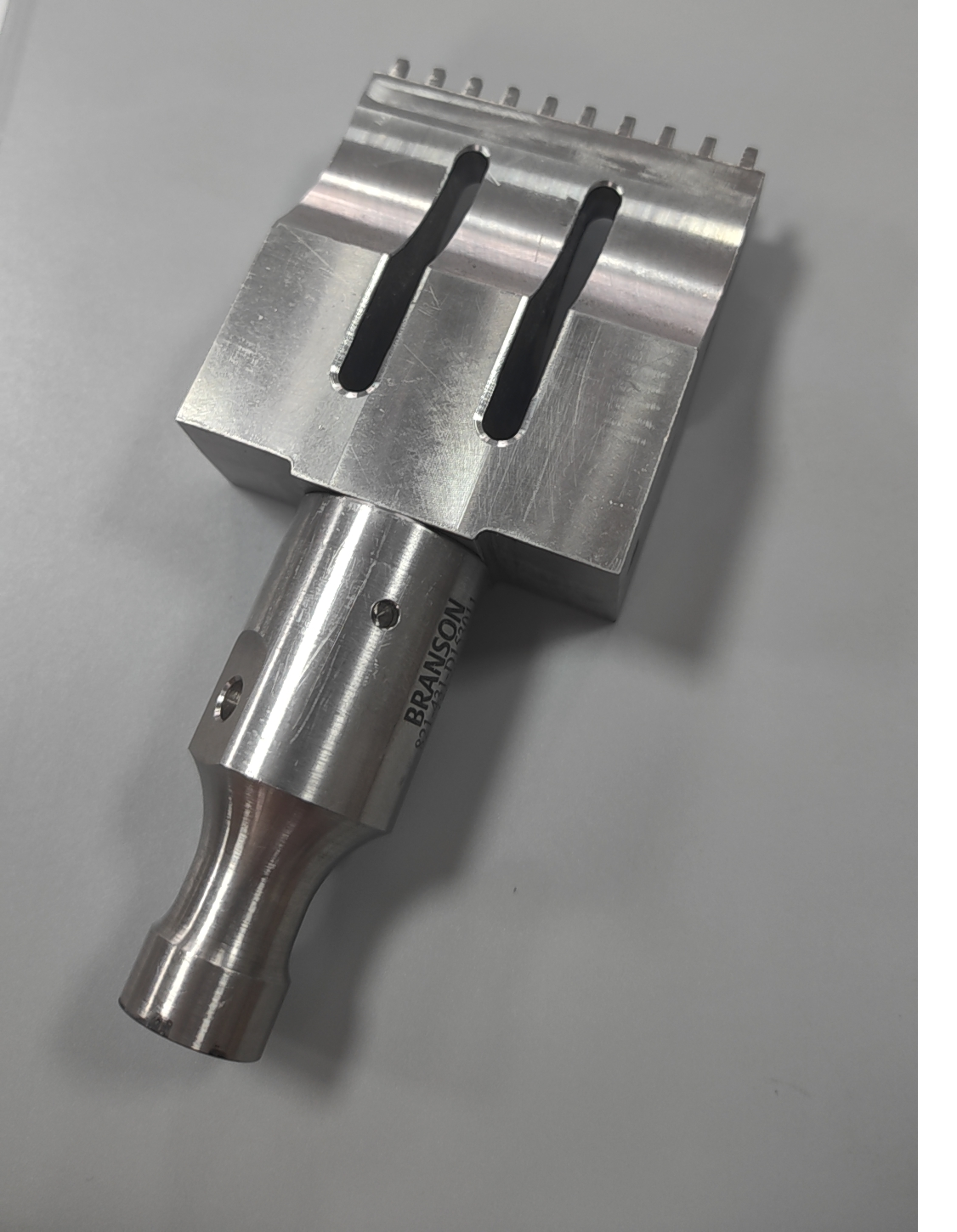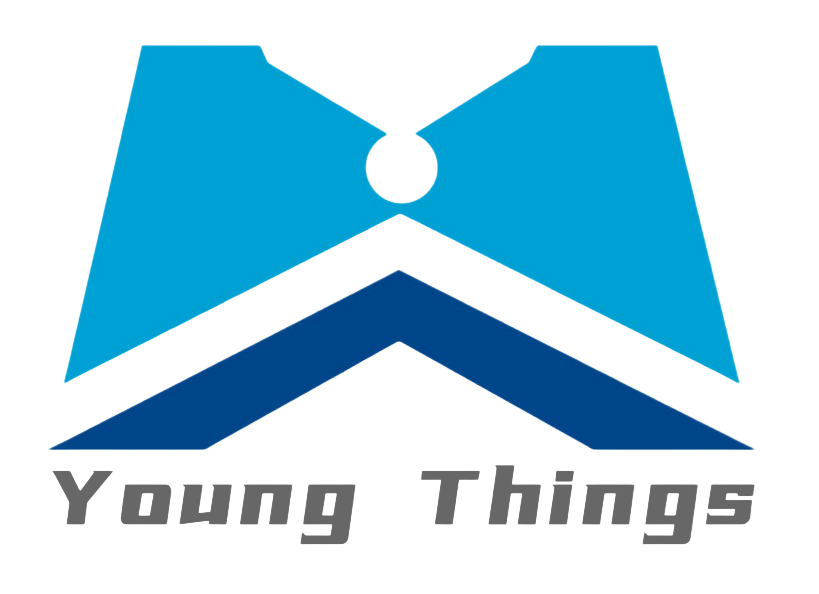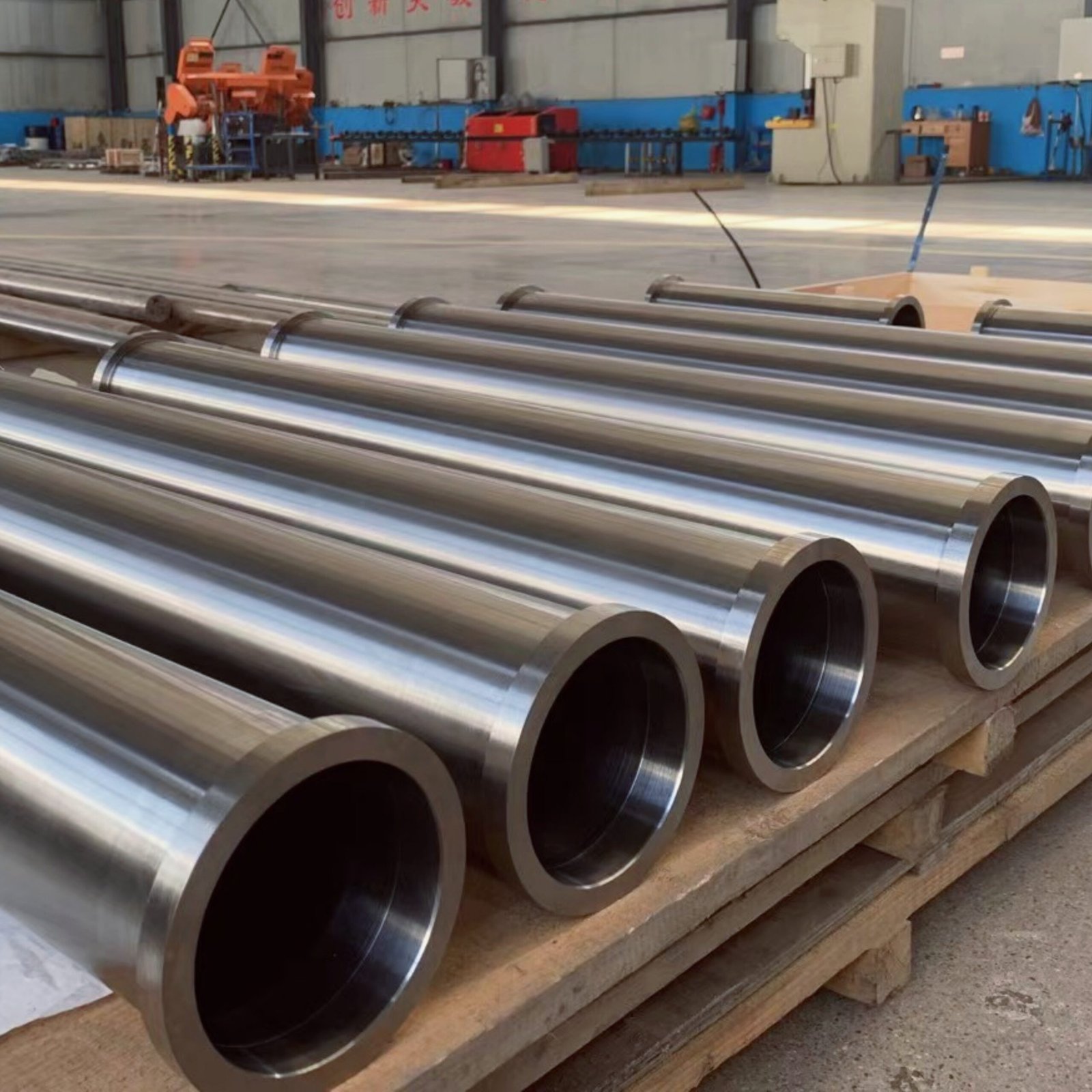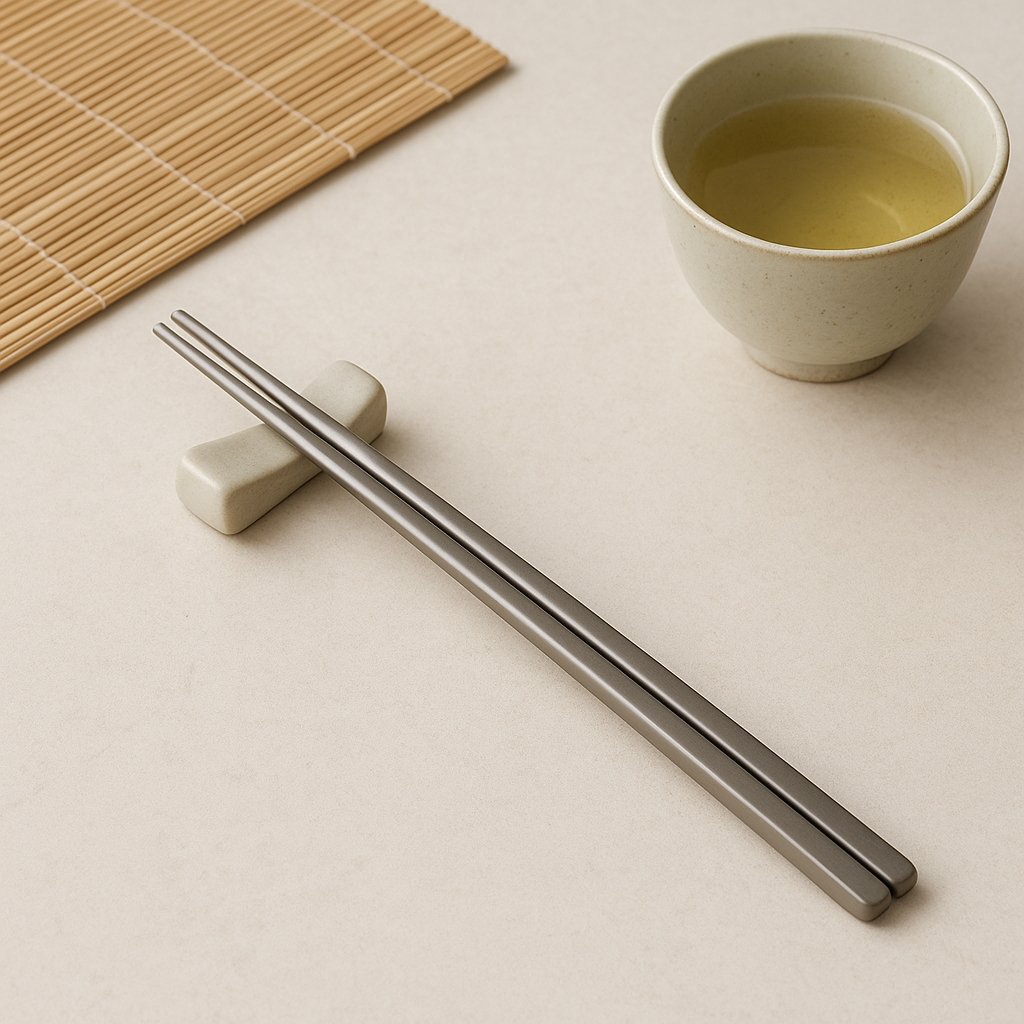Why Do Titanium Prices Vary So Much? The Role of Material Utilization
When sourcing titanium products, one of the most significant yet often overlooked factors contributing to price variability is material utilization, also known as "算料" in Chinese. This concept refers to how effectively a manufacturer uses raw materials during production. Understanding this can explain why quotes for seemingly identical titanium products can vary by up to 50%.
1.Understanding Material Utilization
Material utilization encompasses several critical aspects of the manufacturing process:
Cutting Efficiency:When a titanium block, sheet, or bar undergoes cutting or shaping, material waste is inevitable. With high material utilization, a larger proportion of the raw material converts into the finished product; conversely, low utilization leads to more waste. For example, when a titanium plate is cut into multiple parts, material utilization increases if the cutting design reduces gaps between parts. Thus, optimizing the design minimizes waste and maximizes efficiency. Conversely, inefficient cutting designs that leave large gaps or off-cuts result in waste and lower material utilization.

Precision in Manufacturing: Higher precision in manufacturing processes reduces material waste. Advanced techniques, such as CNC machining, allow for more accurate cutting and shaping, leading to less leftover scrap.
Advantages of Precision: Suppliers using CNC machines or laser cutting technology can achieve micron-level precision, minimizing waste and improving production efficiency.
Scrap Management: Even with advanced technology, some waste is inevitable. How a manufacturer handles this scrap—whether it's recycled or discarded—can impact costs. Effective scrap management, where waste is repurposed for future production, can lower overall material costs.
Scrap Handling: For example, a titanium manufacturer might melt down off-cuts and use the recycled material to create new titanium billets. This practice not only conserves material but also reduces reliance on new raw materials, leading to cost savings.
2.The Impact of Material Utilization on Pricing
Here's how different levels of material utilization directly influence the final price of titanium products:
Waste as a Hidden Cost: Low material utilization results in more titanium being wasted during production. Given the high cost of titanium, this waste can significantly increase the final product's cost, which suppliers typically pass on to buyers.
Real-World Waste: If inefficient cutting or design wastes 20 kilograms out of every 100 kilograms of titanium during production, this waste increases the final price. In contrast, if a supplier can reduce waste to 5 kilograms, they can offer a more competitive price.
High Utilization Equals Lower Prices: Suppliers who optimize material utilization can offer more competitive pricing. By reducing waste, they lower the overall production cost, allowing them to sell at lower prices.
Cost Savings Example: Suppose two suppliers offer the same titanium product specifications, but Supplier A achieves an 85% material utilization rate while Supplier B only achieves 70%. Supplier A can effectively use more of the raw material, leading to reduced costs and better pricing.
Complexity and Price Impact: For products requiring complex shapes or detailed features, achieving high material utilization can be more challenging. Intricate designs often lead to higher waste and increased costs.
Complex Design Challenges: Products with intricate internal structures or complex shapes may require multiple cuts and additional processing, resulting in more material waste. Suppliers may charge higher prices to cover these additional costs.
3.Regional Differences in Material Utilization
Price differences between suppliers, especially in China, often arise from varying material utilization practices. Key factors include:
Technology Level Differences: Not all Chinese suppliers use the same technology. Suppliers with advanced cutting and machining equipment can optimize material usage better, while those with older or less advanced machinery may struggle with higher waste and costs.
Technology Impact: A supplier using state-of-the-art laser cutting technology can cut titanium more precisely, resulting in better material utilization and lower costs. In contrast, suppliers relying on outdated machinery may produce more waste, leading to higher prices.
Skill and Expertise: Experienced manufacturers often have refined processes for optimizing material utilization, resulting in less waste and more competitive pricing. Less experienced suppliers may lack the same efficiency, leading to lower material utilization and higher costs.
Experience Matters: Established suppliers with a track record of handling similar projects are likely to have optimized production processes and material usage. Newer or less experienced suppliers may struggle with efficiency, impacting their pricing.
Customization Challenges: Custom orders can exacerbate material utilization issues. Suppliers unfamiliar with handling specific designs or small batch sizes may experience increased waste, driving up costs.
Customization Costs: Custom orders often require unique cutting and shaping processes, which can lead to higher waste if not managed properly. Suppliers with limited experience in custom production may have higher costs due to inefficient material use.
4. How to Ensure You're Getting the Best Deal
To navigate these challenges and ensure you’re getting a fair and competitive price, consider the following strategies:
Request a Detailed Cost Breakdown:
Material Costs: Ask suppliers for a detailed breakdown of costs, including raw material, labor, and manufacturing expenses. Transparency can help you identify how material utilization impacts the price.
Transparency Benefits: By reviewing cost breakdowns, you can see how much of the price is attributed to raw material versus labor and manufacturing. This insight helps you understand the role of material utilization in pricing.
Waste and Scrap Management: Inquire about how they handle waste. Efficient waste management practices can lower costs, while poor handling may indicate inefficiency and potential cost overruns.
Waste Management Impact: Suppliers who recycle and repurpose scrap material can offer lower prices due to reduced material costs. In contrast, suppliers who discard waste may pass those additional costs onto buyers.
Evaluate Supplier Capabilities:
Technology Assessment: Consider the technology level of your supplier. Advanced machinery typically results in better material utilization and is a sign of a more reliable supplier. Ask about the equipment used for cutting, shaping, and machining titanium.
Technology Benefits: Suppliers with modern CNC machines or laser cutting equipment often have better material utilization and efficiency. This can result in lower prices and higher-quality products.
Experience and Track Record: Look into the supplier’s experience with similar projects. Suppliers with a strong track record are likely to be better at optimizing material use.
Experience Value: Suppliers with extensive experience in producing similar products are likely to have optimized their processes for material efficiency. This experience often translates to better pricing and product quality.
Consider Product Type and Order Size:
Standard vs. Custom Products: Opt for standard products when possible, as these are more likely to be produced with high material utilization. For custom products, work closely with the supplier to ensure designs are optimized for material efficiency.
 |
| Customized product |
Standardization Benefits: Standard products are often designed with material efficiency in mind, reducing waste. Custom products may require additional adjustments to achieve optimal material utilization, which can affect pricing.
Small vs. Large Orders: Larger orders allow suppliers to plan material usage more efficiently, often resulting in better utilization and lower prices. Consolidate orders to take advantage of this.
Bulk Order Advantages: Larger orders enable suppliers to streamline production processes and minimize waste. This can lead to cost savings and better pricing for bulk purchases.
Closing Thoughts: Secure Your Titanium Supply with Confidence
Understanding material utilization helps procurement professionals grasp why titanium prices fluctuate and how to secure the best deal. The goal is to not just find the lowest price but to ensure it reflects efficient production practices and high product quality.
Final Tip: When purchasing titanium products, inquire about material utilization rates and waste management practices. By understanding these details, you can make more informed decisions and navigate the price fluctuations effectively.
Playful Soft Sell Ending: “When it’s time to source your titanium products, don’t just focus on the price tag. Reach out to us and discover how we make every ‘gram of titanium’ count! You might just find the best deal waiting for you right here.”Feel free to contact us anytime.



